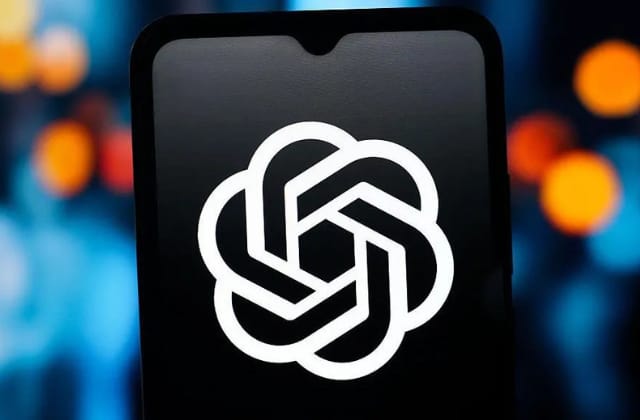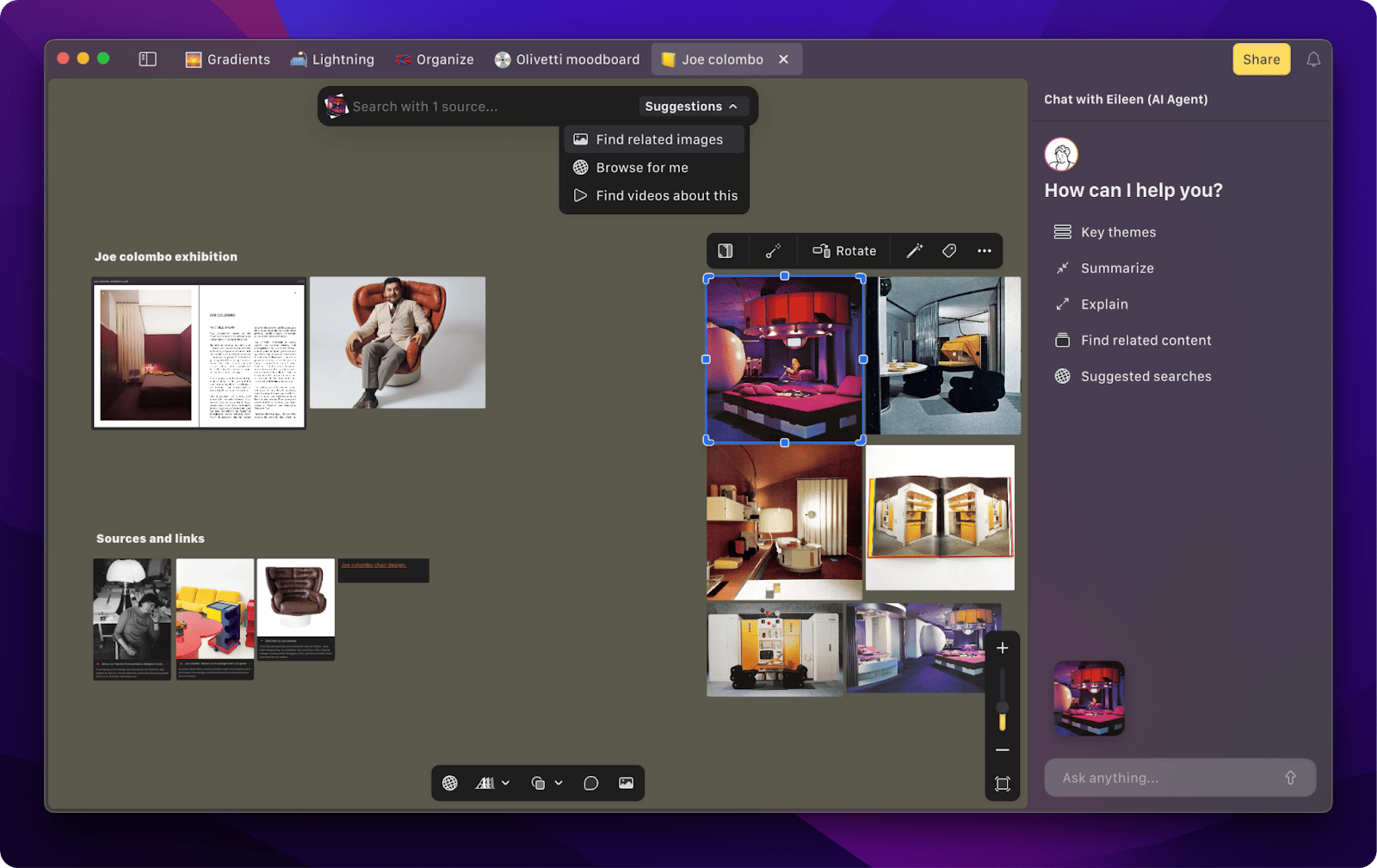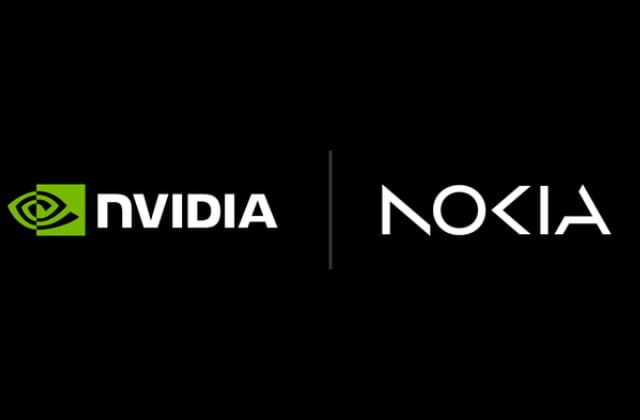- OpenTools' Newsletter
- Posts
- 🧑🏻💼OpenAI 2.0 Is Here
🧑🏻💼OpenAI 2.0 Is Here
PLUS: Nvidia–Nokia $1B 6G Partnership | Copilot Builds Apps Now
Reading time: 5 minutes
🗞️In this edition
OpenAI completes for-profit conversion after Musk battle
Nvidia and Nokia partner on 6G
Copilot gets app builder and workflow tools
Workflow Wednesday #43 ‘AI in Action’
In other AI news –
GitHub unveils a new hub for AI coding agents, letting developers test models from OpenAI, Anthropic, Google, and others alongside Copilot
US senators push a bill to ban teens from using AI chatbots, requiring companies to verify users are 18 or older
Adobe adds AI assistants to Express and Photoshop to help users generate and edit images more easily
4 must-try AI tools
Hey there,
OpenAI officially completed its for-profit conversion, giving Microsoft 27% worth $135B while the nonprofit foundation keeps board control with a 26% stake. Nvidia dropped $1B into Nokia, sending shares up 22% as the companies partner on 6G technology that won't deploy until 2030. And Microsoft just turned Copilot into a no-code development platform, letting 100 million Office workers build apps through conversation alone.
We're committed to keeping this the sharpest AI newsletter in your inbox. No fluff, no hype. Just the moves that'll matter when you look back six months from now.
Let's get into it.
What's happening:
OpenAI completed its recapitalization on Tuesday, splitting into a for-profit corporation nested inside a nonprofit foundation.
The nonprofit OpenAI Foundation will hold 26% of the for-profit OpenAI Group and appoint its board of directors. Microsoft gets 27% valued at $135B. The remaining 47% goes to investors and employees.
"The world's most powerful technology must be developed in a way that reflects the world's collective interests," OpenAI chairman Bret Taylor wrote. "The close of our recapitalization gives us the ability to keep pushing the frontier of AI."
The for-profit can now raise funding and acquire companies without legal restraint.
Previously, OpenAI operated as a nonprofit under strict equity restrictions that became untenable as fundraising scaled.
SoftBank's $30B investment in April was contingent on successful conversion. The Information reported Saturday that the final installment was sent.
Microsoft's deal extends its IP rights to OpenAI models through 2032. If OpenAI declares it achieved AGI, an independent expert panel must verify the claim.
Elon Musk fought the restructuring, at one point offering to acquire OpenAI for $97.4B. California and Delaware attorneys general raised concerns but approved the conversion with conditions. California requires OpenAI to "continue to undertake measures to mitigate risks to teens and others in connection with the development and deployment of AI and AGI."
Why this is important:
This removes the legal constraints that made OpenAI's fundraising complicated and expensive.
The nonprofit structure was always awkward for a company burning billions on compute. Investors wanted standard equity. The nonprofit's mission created friction with commercial incentives.
Now OpenAI can raise capital, issue stock, and make acquisitions like a normal company. While maintaining the nonprofit foundation's oversight and board control.
Microsoft extending IP rights through 2032 is huge. That locks OpenAI's models into Microsoft's ecosystem for another seven years, giving Azure a massive competitive advantage.
Our personal take on it at OpenTools:
This was inevitable once OpenAI raised at $157B valuation.
No nonprofit structure survives contact with that much capital. The question was never if OpenAI would go for-profit, but how they'd thread the needle legally and politically.
The 26% foundation stake is clever. Enough to maintain influence and board control. Not enough to block commercial decisions. Microsoft's 27% makes them the largest single shareholder while keeping them below control thresholds.
Musk's $97.4B offer was never serious. It was legal theater designed to slow the process and create leverage for his lawsuit. Didn't work.
The AGI verification clause is interesting. It creates independent oversight for the moment OpenAI claims it achieved its founding mission. But who picks the panel? What's the standard? Those details matter more than the clause itself.
The California requirement about teen safety is vague enough to mean anything or nothing. It's political cover for the AG to approve without looking like they rubber-stamped a tech giant's wishes.
Bottom line: OpenAI's now structured like every other AI lab. Different wrapping paper, same incentives.
From Our Partner:
No more pinterest boards, infinite tabs, and messy desktop
Kosmik can find assets for your moodboard from the web with the help of AI. Just type a few words and assets appear right in your workspace, saving you hours of work. Kosmik automatically categorizes and tags everything you save. It recognizes objects, subjects, and even colors from your moodboard assets.
✅ 10x faster – Kosmik helps you discover more with AI-powered search that finds related content as you work.
✅ Automatically Organized – No need to remember filenames or folders - just describe what you’re looking for, and Kosmik will find it across your canvas.
✅ No more busy work – Dump images, videos, bookmarks and notes on the board, collaborate with your team mates and let Kosmik organize everything for you.
✅ Enhanced productivity – Cut approval time, automate repetitive tasks, and work with your team in a single, easy to use workspace.
For Creatives, Designers, and Visual Thinkers
What's happening:
Nvidia announced Tuesday it's taking a $1B stake in Nokia. The networking company's shares surged 22%.
Nokia will issue over 166 million new shares, using proceeds to fund AI plans and general corporate purposes.
The companies struck a strategic partnership to develop next-generation 6G cellular technology. Nokia will adapt its 5G and 6G software to run on Nvidia chips and collaborate on networking technology for AI.
Nokia said Nvidia would consider incorporating its technology into future AI infrastructure plans.
The announcement comes as Nvidia CEO Jensen Huang prepares to keynote the company's developer conference in Washington, D.C., addressing policymakers and government leaders. Nokia and Nvidia are expected to discuss collaborations at the conference.
Why this is important:
Nvidia's been taking equity stakes in strategic partners as it positions itself at the center of AI infrastructure.
Recent investments include $5B in Intel (September), $100B in OpenAI, $500M in self-driving startup Wayve, and $667M in U.K. cloud provider Nscale.
The Nokia partnership extends Nvidia's reach beyond data centers into telecom infrastructure. 6G is years away from deployment, but Nvidia's locking in early positioning.
Adapting Nokia's 5G and 6G software to run on Nvidia chips creates vendor lock-in. Telecom providers building AI-enabled networks will face pressure to use Nvidia hardware if that's what Nokia's software is optimized for.
The 22% stock jump shows investors believe Nokia needed this partnership. The company's been losing ground to Ericsson and Huawei in 5G equipment markets.
Our personal take on it at OpenTools:
Nvidia's building an AI infrastructure empire through strategic investments.
The playbook is consistent: identify companies in critical infrastructure layers, take significant but not controlling stakes, create technical dependencies through partnerships.
Intel, OpenAI, Nokia, Wayve, Nscale. That's chips, models, telecom, autonomous vehicles, and cloud infrastructure. Nvidia's spreading across the entire AI stack.
The 6G timing is smart. Technology won't deploy until 2030 at earliest, but standards are being set now. Getting Nokia to optimize for Nvidia chips creates path dependency that lasts decades.
The $1B investment is pocket change for Nvidia (they did $5B in Intel, $100B in OpenAI). But it's meaningful for Nokia, whose market cap was around $23B before the announcement.
Nokia gets capital and validation. Nvidia gets strategic positioning in telecom. Both get PR value from the partnership announcement.
The real question is execution. 6G standards aren't finalized. Use cases aren't clear. This could be visionary or vaporware. We'll know in five years.
What's happening:
Microsoft launched App Builder and Workflows on Tuesday, letting employees build applications and automate tasks using only conversational prompts.
The tools are available to an estimated 100 million Microsoft 365 users at no additional cost beyond the existing $30-per-month Copilot subscription.
"We really believe that a main part of an AI-forward employee, not just developers, will be to create agents, workflows and apps," said Charles Lamanna, Microsoft's president of business and industry Copilot.
Users can describe an application they need, like a project tracker with dashboards, and Copilot generates a working app with database backend, user interface, and security controls. Apps store data in Microsoft Lists and can be shared via link.
Workflows automate routine tasks across Outlook, Teams, SharePoint, and Planner by converting natural language into automated processes.
A simplified Copilot Studio lets users create specialized AI assistants tailored to specific tasks, drawing from SharePoint documents, meeting transcripts, and emails.
Apps can be upgraded from the simple builder to Power Apps if they grow complex. Workflows can migrate to Power Automate. "We have this mantra called no cliffs," Lamanna said.
IT administrators get centralized inventory of all employee-created apps, workflows, and agents. They can reassign ownership, disable access, or promote useful apps to officially supported status.
Why this is important:
This represents Microsoft's most aggressive push to democratize software development.
The company's Power Platform already has 56 million monthly active users.
Integrating these capabilities directly into Copilot could reach 500 million builders, according to Lamanna.
Because Copilot already indexes a user's Microsoft 365 content, it can incorporate context into apps and workflows. Ask for "an app for Project Spartan" and Copilot draws from existing communications to understand what that means.
"If you go to those other tools, they have no idea what the heck Project Spartan is," Lamanna said, referencing competitors like Google and Salesforce.
The features are currently available only to Frontier Program participants. General availability timeline hasn't been announced.
Our personal take on it at OpenTools:
Microsoft's betting that building software becomes as routine as creating spreadsheets.
The pitch makes sense. Office workers already use Copilot for tasks. Why not let them build the tools they need instead of waiting for IT?
But there's a gap between "can do this" and "wants to do this." Most people don't want to be part-time developers, even if the interface is conversational.
The governance model is smart. Let employees build what they need, promote the useful stuff, ignore the rest. That's how Excel macros and Access databases spread through enterprises for decades.
The "no cliffs" architecture solves a real problem. Previous low-code tools trapped users. Outgrow the simple version, start over in the complex one. Microsoft lets you graduate seamlessly.
The external vs internal boundary Lamanna described is the right line. Internal apps carry less risk. Customer-facing systems need professionals.
The real test is adoption. Power Platform has 56 million users after nine years. Will embedding it in Copilot 10x that number, or will most users ignore the feature entirely?
This Week in Workflow Wednesday #43: AI in Action – Real-World Workflow Transformations
This week, I’ll show you how to use ProWritingAid to take customer-facing text and actually see where readers might lose attention. It’s like running a usability test—on your writing.
Workflow #1: Transform Customer Communication with AI-Powered Writing (ProWritingAid, free trial).
Step 1: Sign up, upload your text, or paste it straight into the editor.
Step 2: Head to the top bar and click the Summary Report (4th from the left). You’ll see a breakdown across grammar, readability, sticky sentences, engagement score—basically the hotspots where readers…We dive into this ProWritingAid workflow and 2 more real-world AI transformations in this week’s Workflow Wednesday.
GitHub is launching a hub for multiple AI coding agents – Developers can soon try coding agents from OpenAI, Anthropic, Google, and more, alongside GitHub Copilot.
Senators propose banning teens from using AI chatbots – The new rules would force AI companies to verify whether users are over 18.
Adobe launches AI assistants for Express and Photoshop – New AI assistants for Express and Photoshop that can help users with image creation and editing.
Boords - A storyboard generator that allows users to create professional storyboards without the need for drawing skills
Flair - An AI design tool that helps users quickly and affordably generate high-quality marketing assets
Chat With Data - An AI tool that allows users to upload various types of documents such as PDF, Word, CSV, Excel, and SQL Database and interact with them using natural language via an interactive chat interface
Kaiber - A video generation engine that enables users to create videos from their own images or text description
We're here to help you navigate AI without the hype.
What are we missing? What do you want to see more (or less) of? Hit reply and let us know. We read every message and respond to all of them.
– The OpenTools Team
How did we like this version? |
Interested in featuring your services with us? Email us at [email protected] |




